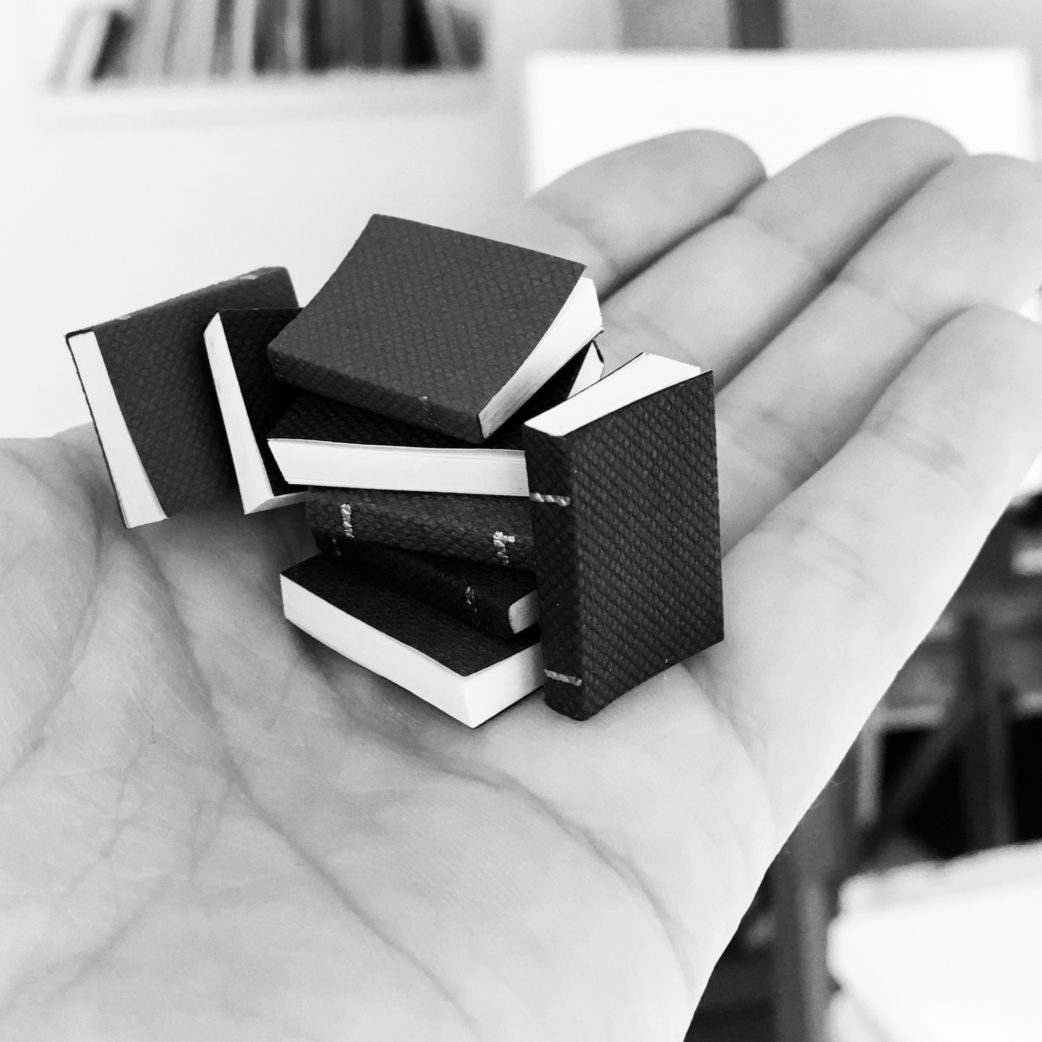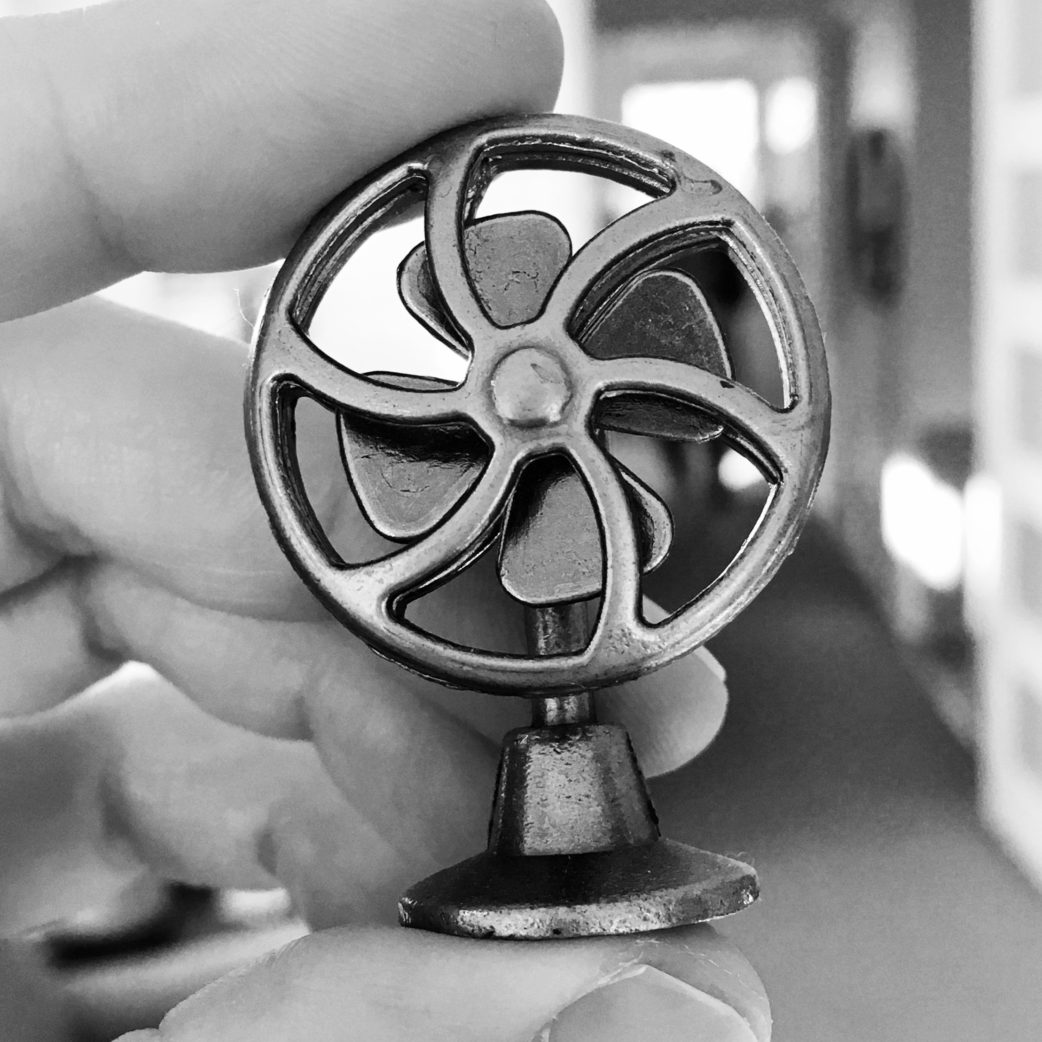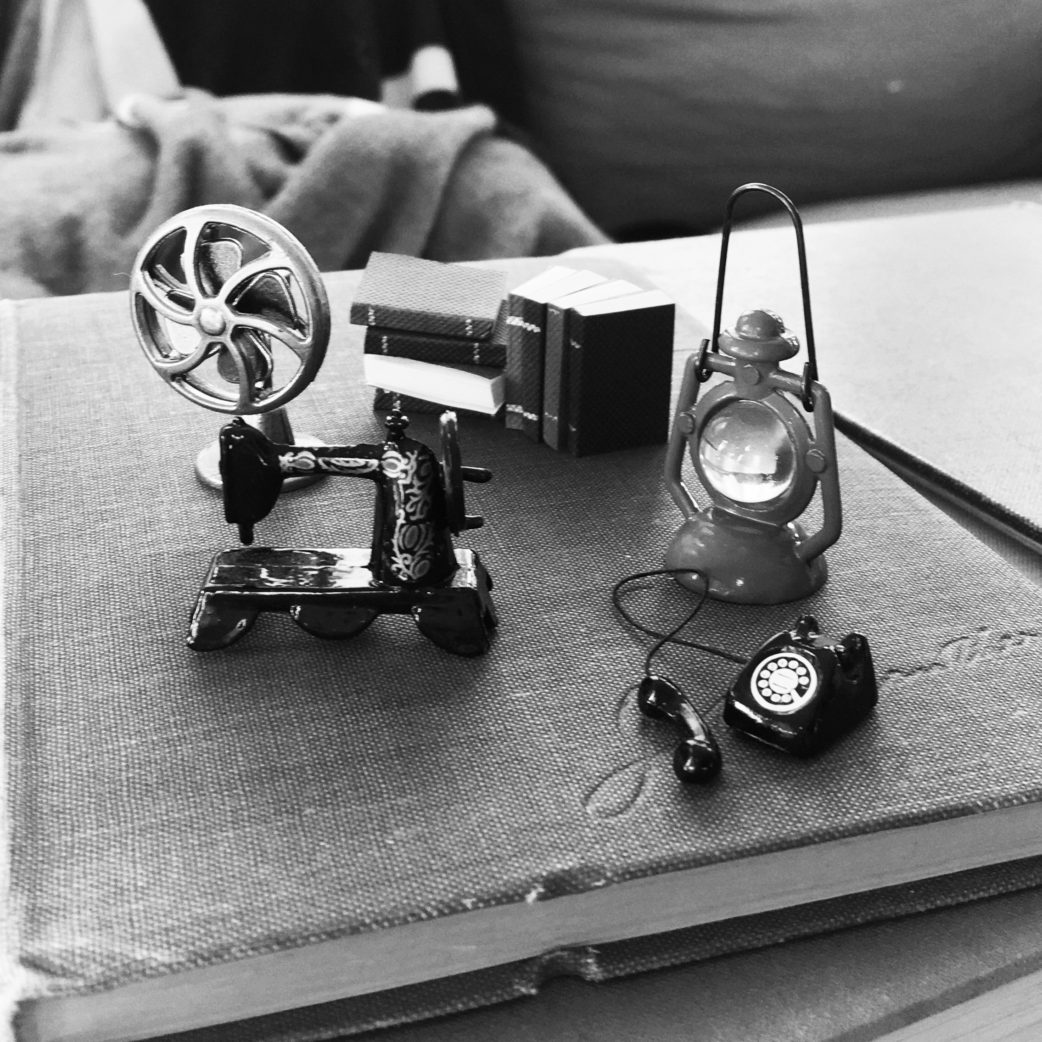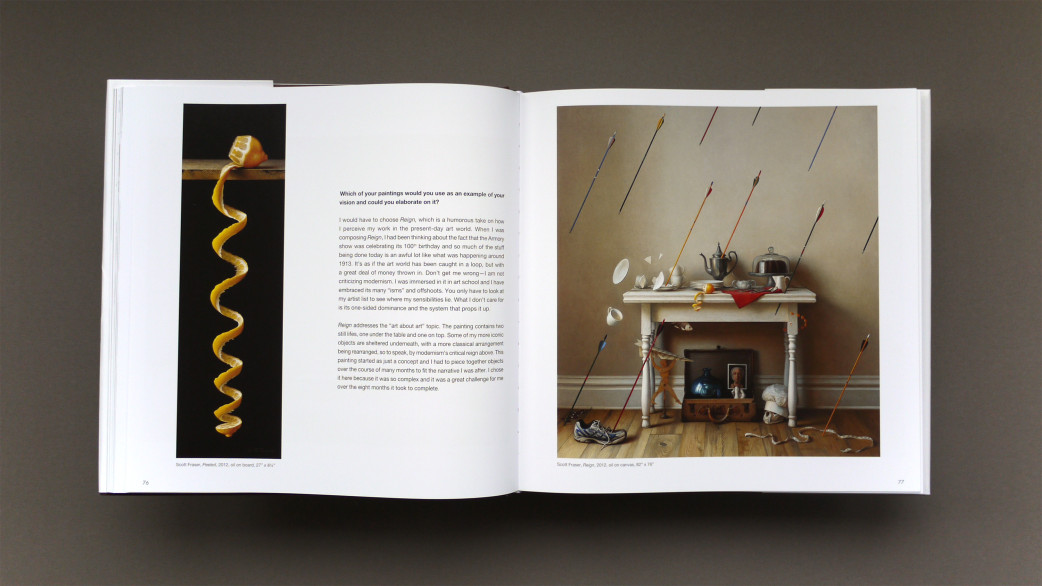After several months of steady work, I have completed 22 new paintings that I have started shipping to the George Billis Gallery in Los Angeles for my upcoming solo exhibition that goes up on February 26 and runs through March 26. So you’ll be reading and seeing plenty from me now that the hard work is done.
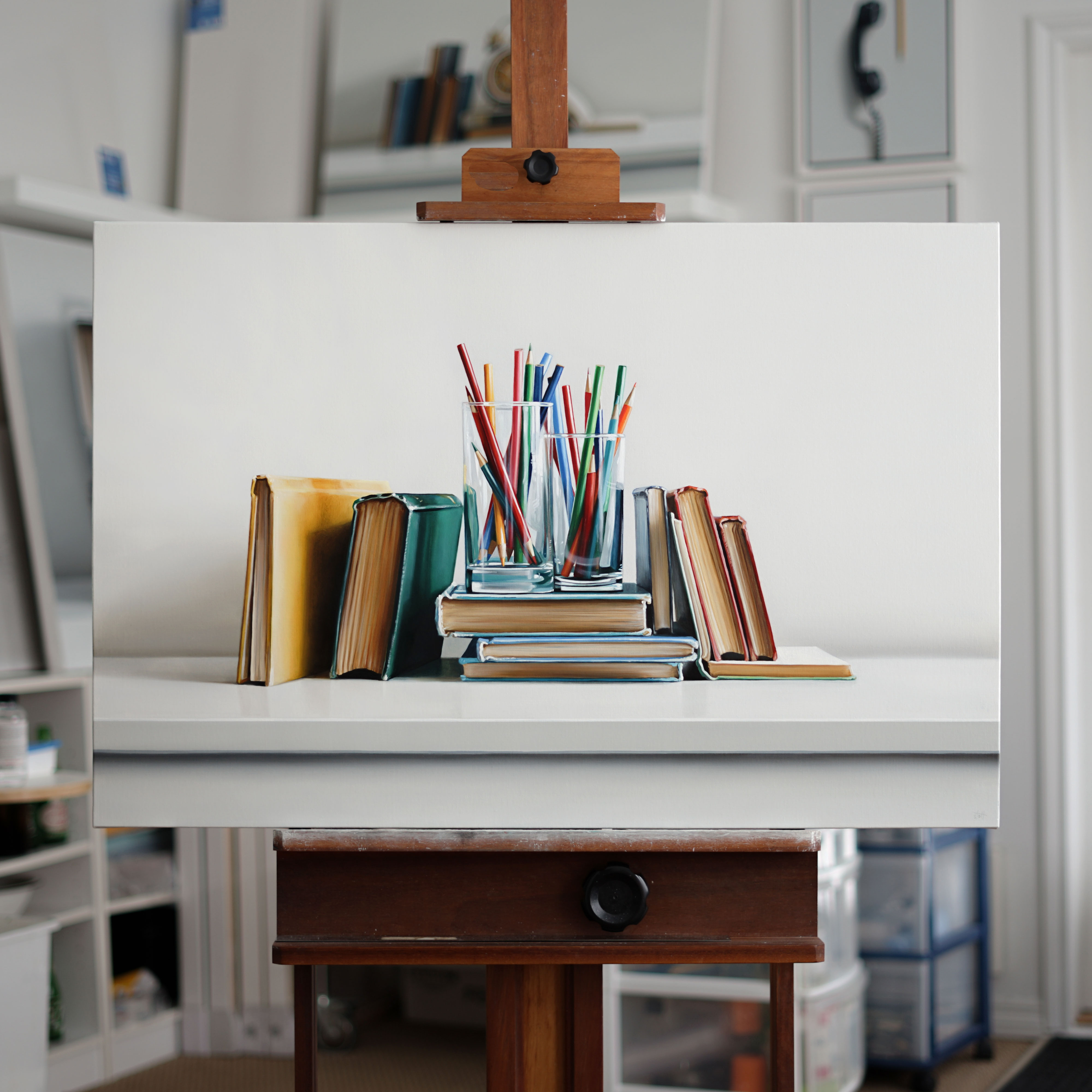
I have been painting still life for over twenty years now. So much of what I do is honestly about making a balanced, crisp, clean composition of objects to entice the simple act of observation. I use the opportunity to paint to make something delightful and pleasing. Not only for myself but for other people to enjoy as well. I have always drawn my inspiration from the long-established still-life painting tradition, which was first introduced in the form we know today by the French painter Jean-Baptiste-Siméon Chardin in the 18th century.

I could take a deep dive into the significance of Charin’s paintings to the world we live in, not just in art, but in all things, but I’ll spare you for now.
Instead, I want to show how I draw inspiration and remix the visuals he introduced centuries ago. His painting depicts “the attributes of the arts” — his palette and brushes on top of a box of paints, a plaster cast used to practice drawing, books with instructions and inspiration, and an award given to him for his accomplishments.
In my work, I use the propped books as Chardin did, but I have pencil crayons. Specifically, they are Laurentien pencil crayons which are an iconic part of a Canadian child’s early school experience. These were my introduction to the possibilities of art-making. My work is high-key (bright and airy) compared to the dark and shadowed Chardin visual world.
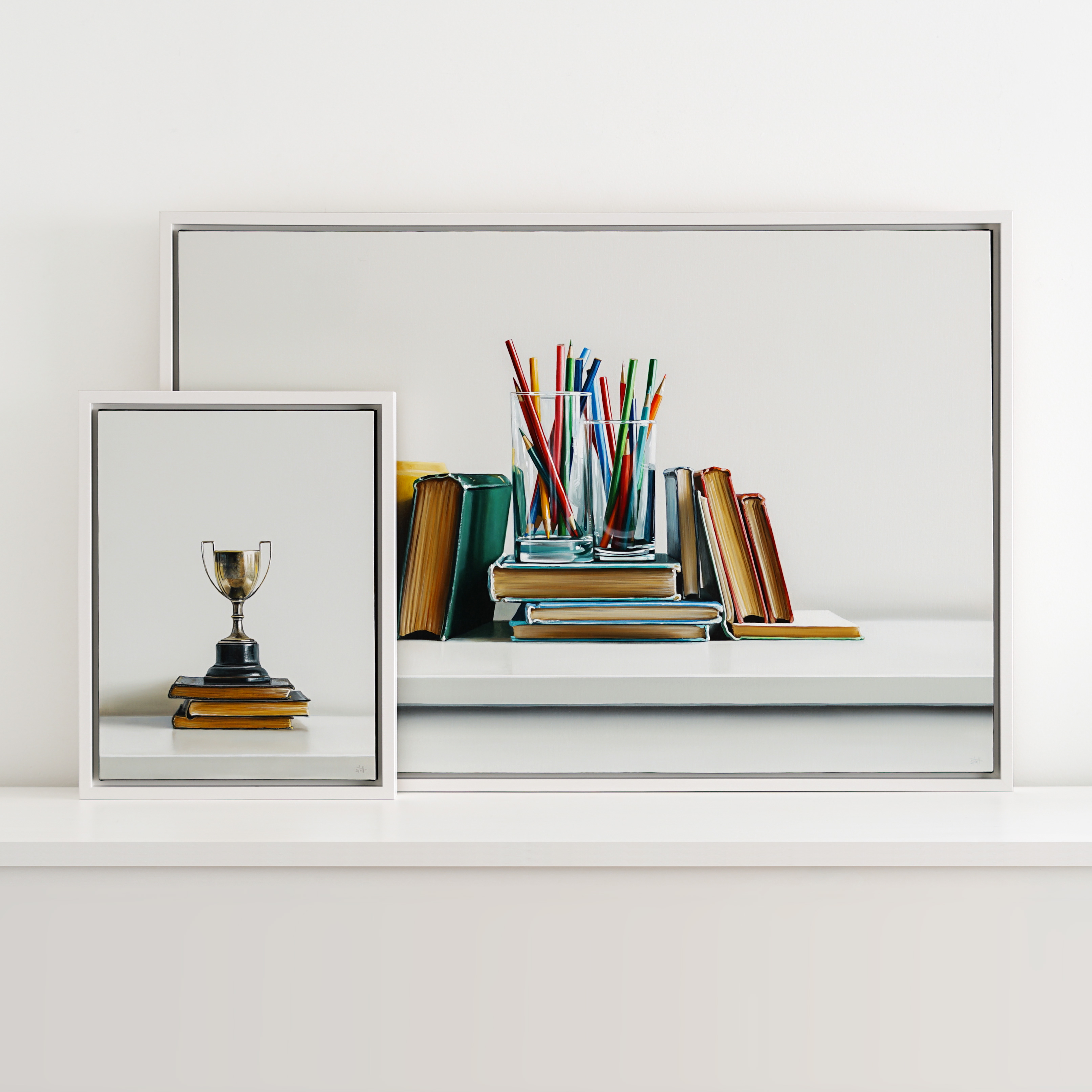
And here is the painting, varnished, framed and ready to ship to Los Angeles. Shown here along with another smaller painting (Trophy / 16 x 12 inches / oil on canvas / 2021) which is my nod to the rewarding life that painting has given me.

